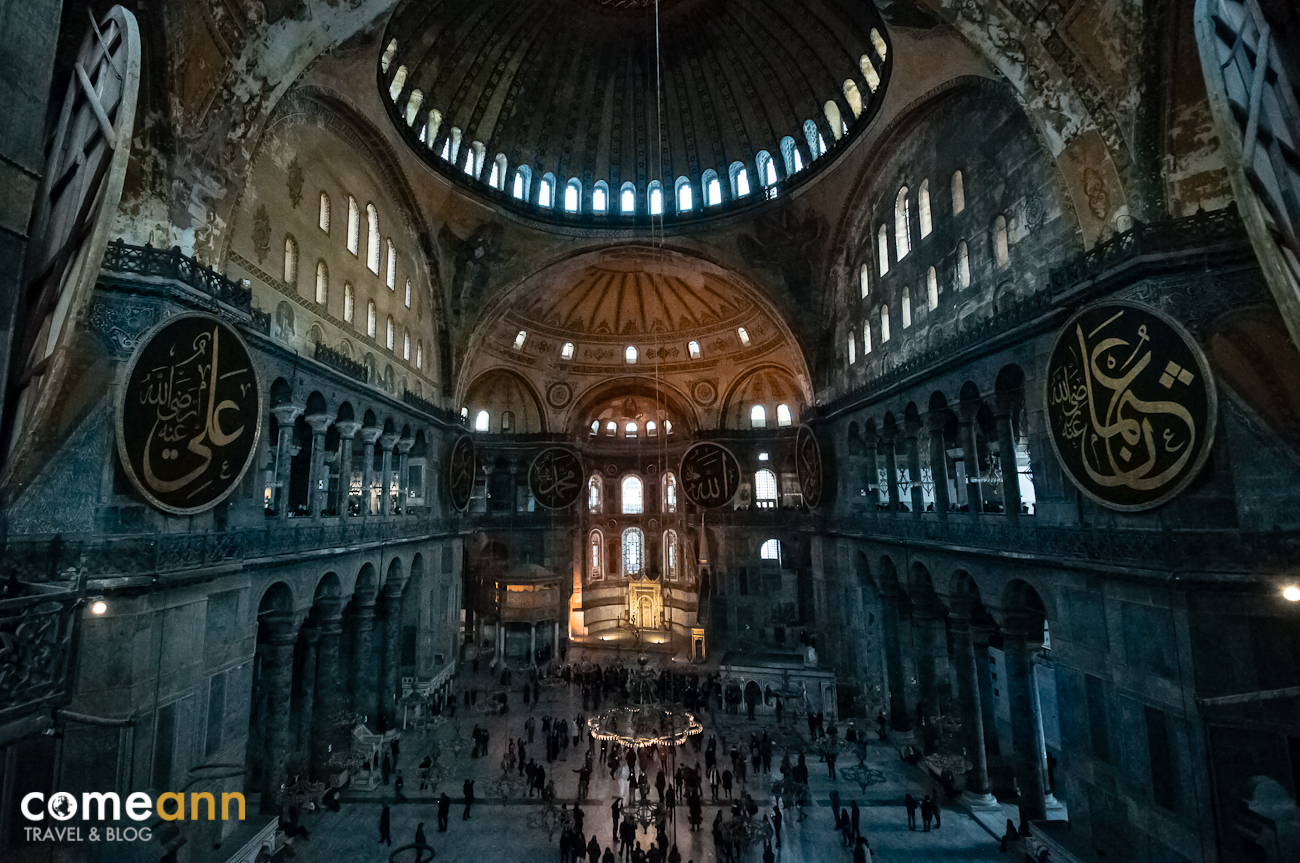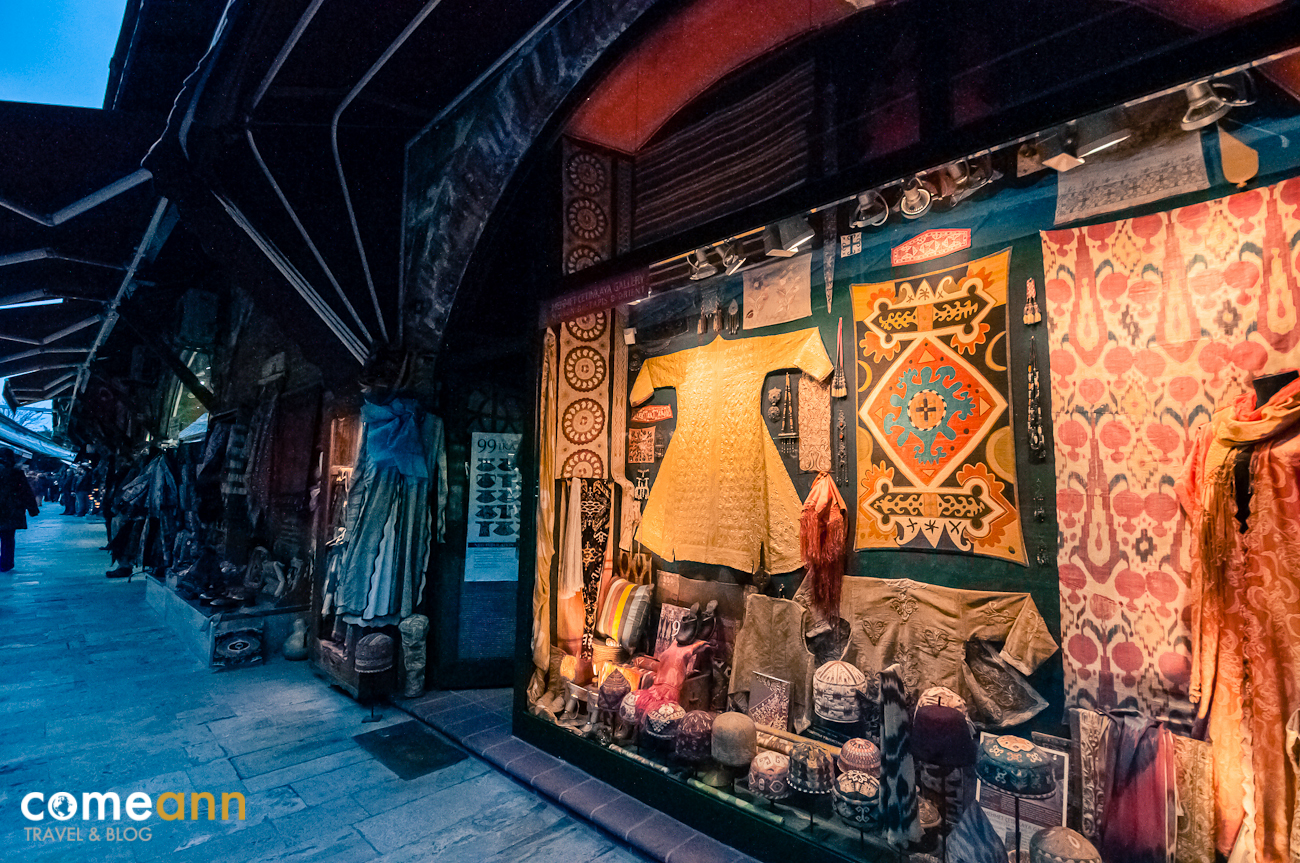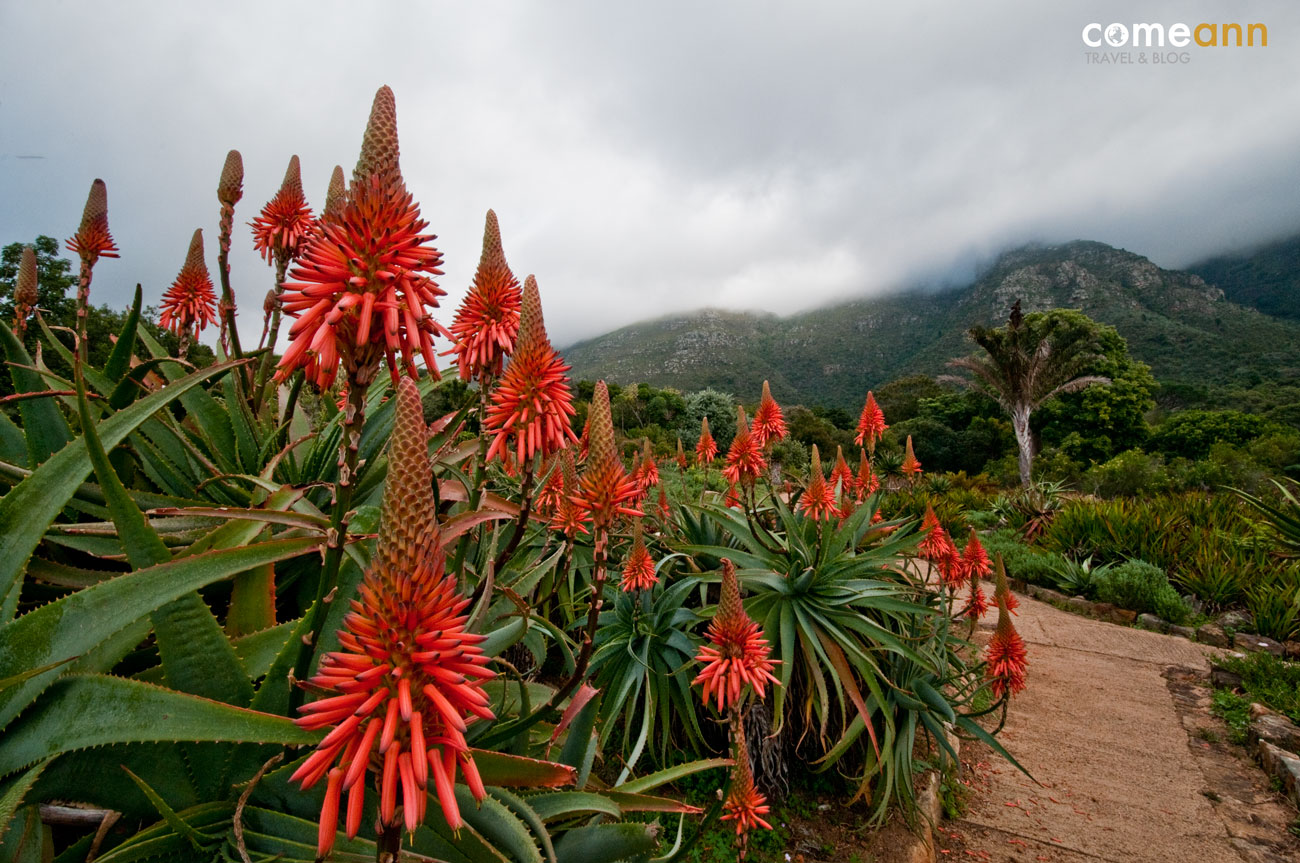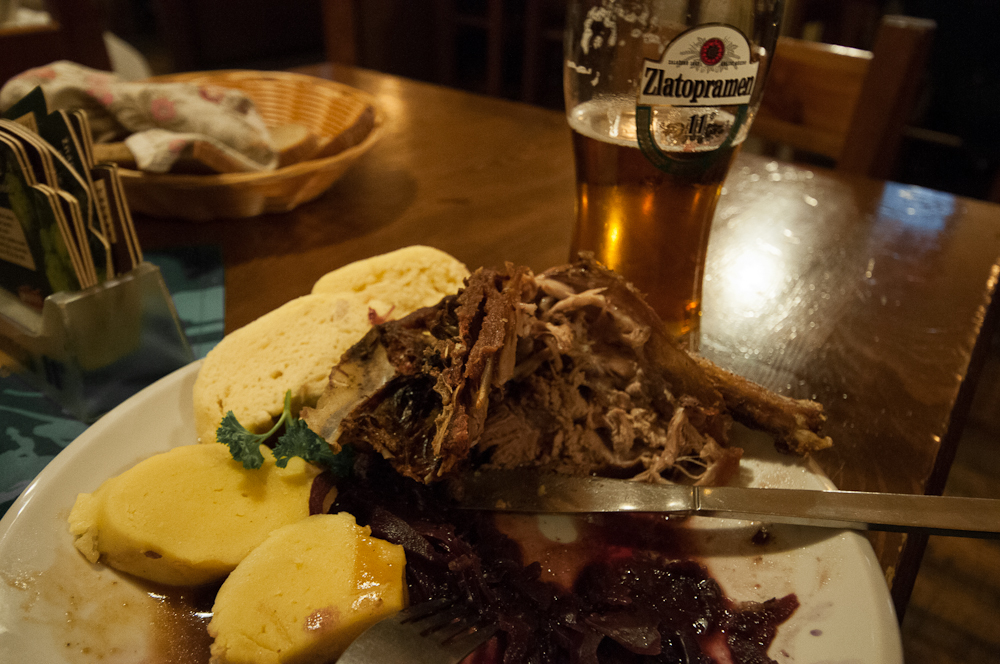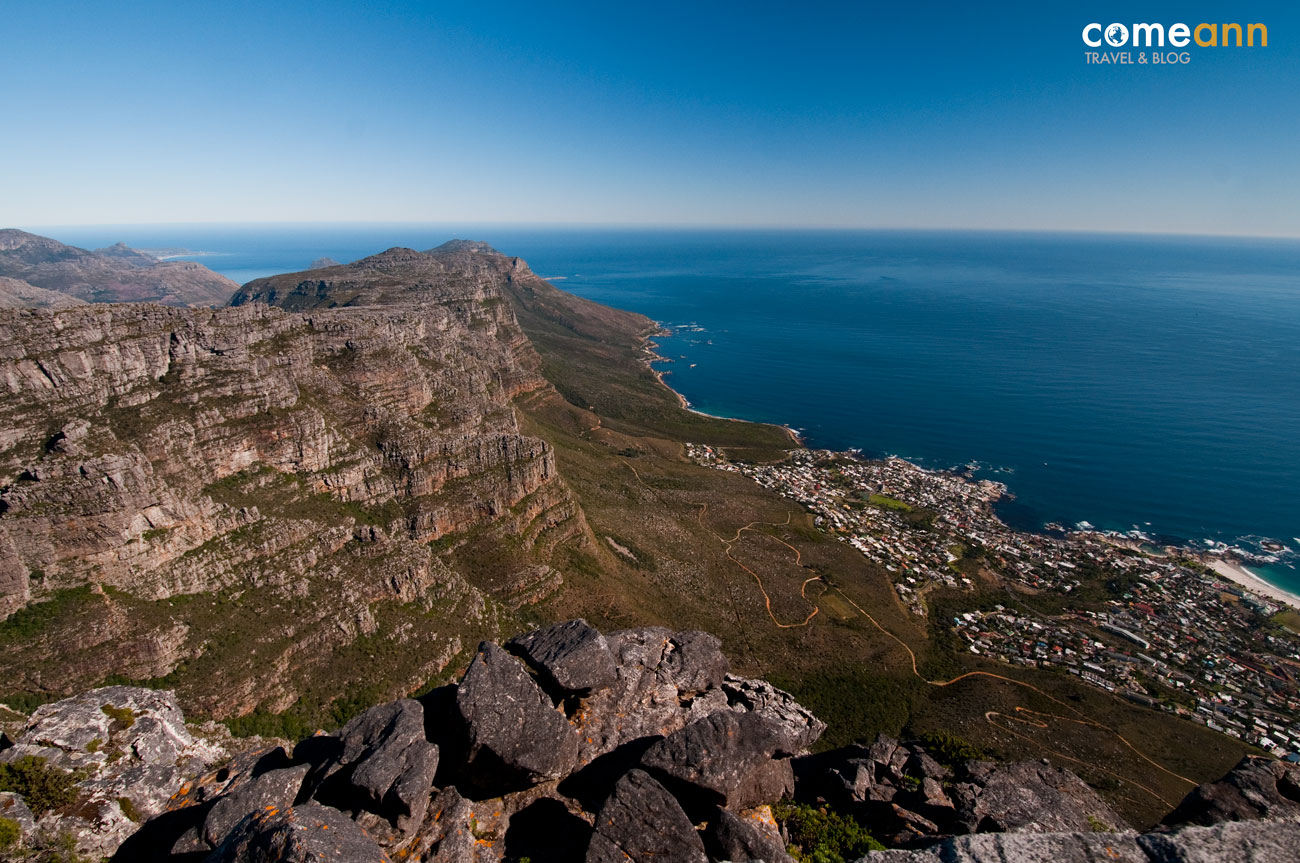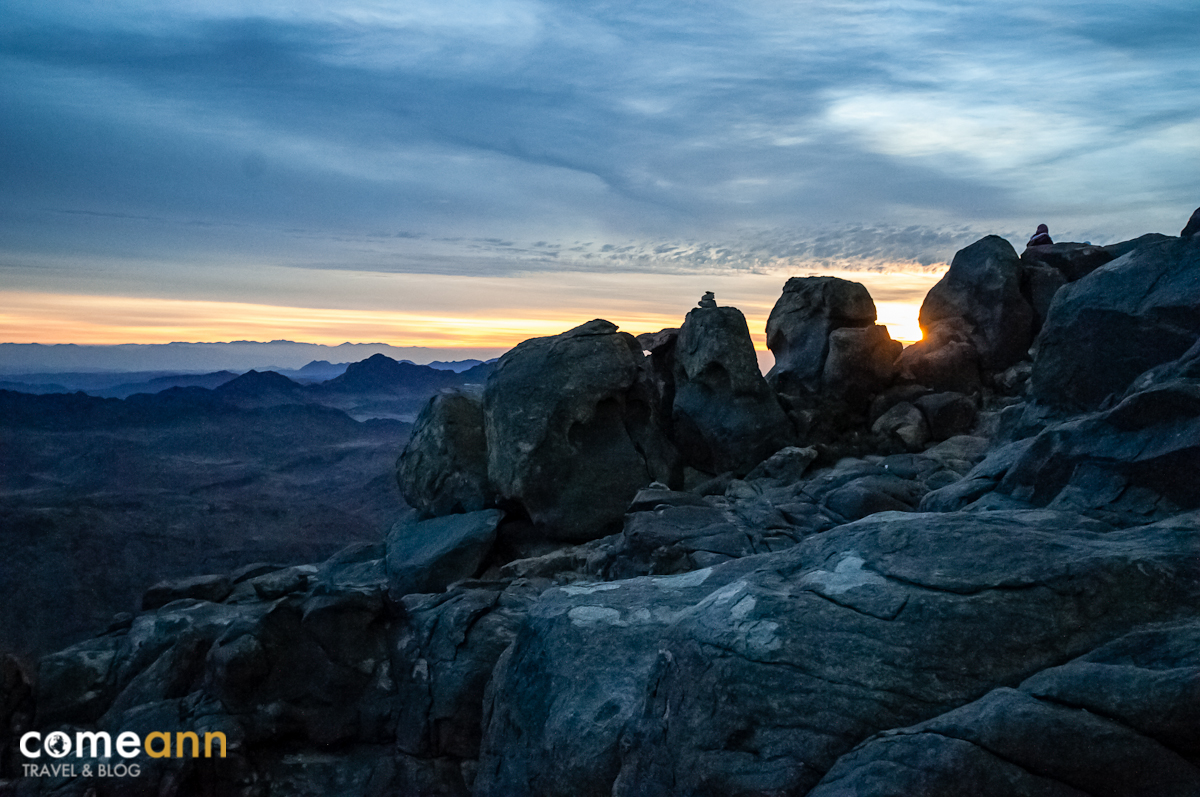Na co dzień tętni życiem i wydaje się, że brak mu tchu. Kolorowy i bajkowy Stambuł zachwyca jednak przede wszystkim wielowiekową tradycją, historią i bogatą kulturą. Powstał w VII wieku p.n.e. i przez wiele stuleci był naturalnym centrum handlowym i obronnym dwóch wspaniałych imperiów – cesarstwa bizantyjskiego i imperium osmańskiego. To tutaj zeszły się drogi cywilizacji chrześcijańskiej i muzułmańskiej i to właśnie tutaj do dziś styka się Wschód z Zachodem, Europa z Azją, oddzielone jedynie wodną nitką Bosforu.
Początek starożytnego miasta Bizancjum datuje się zwykle na 667 rok p.n.e., kiedy to (jak głosi legenda) Grek Byzas wraz z ochotnikami założył kolonię na europejskiej części Bosforu. Byzantion bardzo szybko się rozwinął i został bogatym, niezależnym polis, jednym z najważniejszym w starożytnej Grecji. W późniejszym okresie miasto nazwane Bizancjum przyłączono do imperium rzymskiego, a w 330 roku n.e. Konstantyn I Wielki przeniósł tam z Rzymu stolicę Cesarstwa. Oficjalną nazwą był Nowy Rzym, jednak powszechnie stosowano i po dziś dzień zapamiętano Konstantynopol.
W czasie świetności Konstantynopola powstała między innymi Hagia Sophia, czyli Kościół Mądrości Bożej – uznawany za jedno z najwybitniejszych arcydzieł światowej architektury. Majestatyczna świątynia została wyświęcona za panowania cesarza Justyniana Wielkiego w 537 roku. Jej wnętrze zaprojektowano jako odbicie nieba na ziemi i bez wątpienia każde oczy powędrują ku górze, by podziwiać zachowane do dziś fragmenty mozaikowego sklepienia pochodzące z VI wieku, czy nieco późniejsze złote mozaiki z przedstawieniami figuralnymi, pokrywające górne partie ścian bazyliki.
Była to najznakomitsza i najważniejsza budowla sakralna w cesarstwie, miejsce modlitw i koronacji cesarzy. Przez całe wieki była architektonicznym wzorem świątyni doskonałej. Po upadku Konstantynopola, w XV wieku Osmanowie przekształcili chrześcijańską bazylikę na meczet, dodając minarety, grobowce i fontanny. Dziś funkcjonuje jedynie jako muzeum.
Świątynia łączy w sobie cechy bazyliki i budowli na planie centralnym. Największe wrażenie robi ogromna kopuła przykrywająca centralną część nawy głównej. Jej średnica wynosi ponad 30 metrów, a odległość od posadzki do najwyższego punktu kopuły to 55,6 m. Konstrukcja bazuje na 4 masywnych filarach oraz 107 kolumnach. Od wschodu i zachodu do kopuły centralnej przylegają także dwie mniejsze półkopuły pokrywające pozostałe części nawy głównej.
Przy budowie bazyliki zastosowano wiele drogich materiałów, między innymi szary i zielony marmur, czerwony porfir oraz złoto do dekoracji i mozaik.
Z okresu osmańskiego pochodzi osiem drewnianych medalionów zawieszonych u podstawy kopuły, które są wspaniałym przykładem sztuki kaligrafii. Znajdują się na nich najważniejsze dla islamu imiona: Allaha, Mahometa, czterech pierwszych kalifów: Abu Bakra, Umara, Uthmana i Alego oraz dwóch wnuków Mahometa: Hasana i Husajna.
[print_gllr id=512]
Dwa najważniejsze zabytki Stambułu znajdują się naprzeciw siebie. Jedynie zadrzewiony plac obok bizantyjskiego hipodromu oddziela Błękitny Meczet od świątyni Hagia Sophia. Meczet, wzniesiony na początku XVII wieku, został ufundowany przez sułtana Ahmeda I i jest jedną z najbardziej znanych budowli sakralnych świata. Jego nazwa pochodzi od koloru dekoracji słynnych płytek ceramicznych z İzniku. Meczet powstał w czasie kryzysu imperium osmańskiego, więc jego bogactwo i przepych wywołały ogromne poruszenie, a wybudowanie sześciu minaretów wręcz oburzenie, gdyż tyle znajdowało się jedynie w świątyni Al-Kaba w Mekce.
Zbudowany jest on prawie na planie kwadratu (51,65 m x 53,40 m) i znajduje się na dużym placu. Posiada także dziedziniec wewnętrzny, otoczony krużgankami. Budowlę wieńczy bogato zdobiona arabeskami kopuła o średnicy 22,4 m, która wznosi się 43 m ponad poziom posadzki. Niestety do dziś nie zachowały się barwne witraże umieszczone w 260 oknach meczetu.
Błękitny meczet cały czas funkcjonuje jako światynia, dlatego można wejść tylko do wydzielonej dla turystów niewielkiej części. Ja przyszłam akurat wtedy, gdy muezzin nawoływał wiernych z balkonu minaretu, więc musiałam trochę poczekać na swoją kolej, ponieważ na czas modlitwy budowla jest zamknieta dla zwiedzających. A pory te ustalane są według wschodu i zachodu słońca i zmieniają się w ciągu roku, dlatego zimą są całkiem inne niż latem. Wszystko to wydaje się bardzo tradycyjne, jednak duch nowoczesności dotarł i tutaj – widać to doskonale na tabliczce, a raczej elektronicznym ekranie na zewnątrz meczetu, gdzie podane są dokładne godziny pięciu dziennych modlitw.
[print_gllr id=553]
To był mój pierwszy pełny dzień w Stambule, magicznym miejscu, gdzie spotkały się dwie wielkie cywilizacje i religie, a naprzeciwko siebie powstały dwie różne świątynie. I choć nie stało się to w tym samym czasie, to stoją po dziś dzień, pełne majestatu i dostojeństwa, a w ich wnętrzach, marmurach, mozaikach i ornamentach zapisane są wieki historii i kultury całej ludzkości, z której możemy teraz czerpać i której sztukę i zabytki możemy szczęśliwie dziś podziwiać.
•••
Every day is full of life and it seems that it’s lack of breath. Colorful and magical Istanbul especially delights us with centuries of tradition, history and rich culture. It was built in the seventh century BC and for many centuries was the natural trade and defense center of two great empires – the Byzantine Empire and the Ottoman Empire. It was here, where the two paths of the two great civilizations (Christian and Muslim) have met each other and it is here until today, where East meets West, Europe meets Asia, separated only by the Bosphorus Strait.
The beginning of the ancient city of Byzantium is 667 or 657 years BC, when (according to legend) Greek Byzas with volunteers founded the colony in the European part of the Bosphorus. Byzantion developed very quickly and after a while became a successful and independent polis (city-state), one of the most important in ancient Greece. Later, the city named Byzantium was attached to the Roman Empire and in 330 years AD Constantine the Great moved the capital of the Empire from Rome to Byzantium. The official name was the New Rome, but commonly used, and remembered until today has been Constantinople.
Hagia Sophia was built during the golden age of Constantinople. Church of the Holy Wisdom was recognized as one of the greatest masterpieces of world architecture. The majestic temple was consecrated during the reign of Emperor Justinian the Great in 537. The interior designed as a reflection of heaven on the earth, and without no doubt every eye will go up, to admire the preserved fragments of mosaic ceiling from the sixth century or the golden mosaics with figural representations, covering the upper parts of the walls of the basilica, coming from the later period.
It was the most eminent and most important sacral building in the empire, a place of prayer and the coronation of the emperors. For centuries, the building was a perfect model of religious architecture. In the fifteenth century, after the fall of Constantinople, the Ottomans turned Christian basilica into a mosque, adding the minarets, tombs and fountains. Today it functions only as a museum.
The temple combines the features of the basilica and building with central plan. Most impressive is huge dome covering the central part of the nave. Its diameter is more than 30 meters, and the distance from the floor to the highest point of the dome is 55.6 m. The whole structure is based on a four massive pillars and 107 columns. Two smaller half-domes covering other parts of the nave are located next to the central dome from the east and west side.
During building the basilica, it was used a lot of expensive materials, including gray and green marble, red porphyry and gold decoration and mosaics.
Eight wooden medallions suspended at the base of the dome are wonderful example of the art of calligraphy from the Ottoman period. We can see there the most important for Muslim names: Allah, Muhammad, the first four caliphs Abu Bakr, Umar, Uthman and Ali and the two grandchildren of Mohammed: Hassan and Hussein.
[print_gllr id=512]
The two most important buildings of Istanbul are facing each other. The Blue Mosque is separated from the Hagia Sophia only by the tree-lined square just next to the Byzantine Hippodrome. Mosque, built in the early seventeenth century, was founded by Sultan Ahmed I and is one of the most famous religious buildings in the world. Its name comes from the color of the famous Iznik ceramic decorations. Mosque was built in the Ottoman Empire during the crisis, so his wealth and splendor caused a huge sensation, and the construction of six minarets even gave rise to scandal, becouse so many minarets were only in the Al-Kaba temple in Mecca.
Mosque is built almost on a square plan – 51.65 m / 53.40 m. It is situated on a large square and also has an internal courtyard surrounded by columns and ambulatory. The building is crowned by a richly decorated (with arabesques) dome with a diameter of 22.4 m, which rises to 43 m above the floor. Unfortunately colorful stained-glass windows, which were placed in 260 boxes to the mosque, have not survived until this day.
Blue Mosque still functions as a temple, so you can enter only into a part dedicated to tourists. I came just in time as the muezzin called the faithful from the balcony of the minaret, so I had to wait a little longer for my turn because the building is closed to the public during prayers. And this time is determined by the sunrises and sunsets and change throughout the year, so in winter are different than in summer. All this seems to be very traditional, but the spirit of modernity arrived here too – you can see it well on the board, or rather on the electronic screen outside the mosque, where the five daily prayers hours are displayed.
[print_gllr id=553]
It was my first full day in Istanbul, this magical place, where two great civilizations and religions have been met, and two different temples were built opposite each other. And although it didn’t happen at the same time, buildings stand here today full of majesty and somewhere inside their interiors, marbles, mosaics and ornaments are collected centuries of history, culture and art of all humanity, from which we can learn and happily enjoy today.

